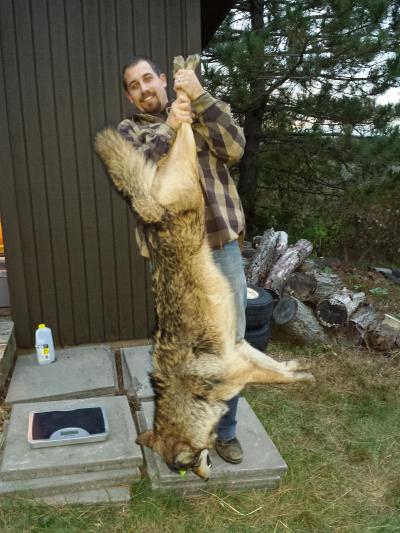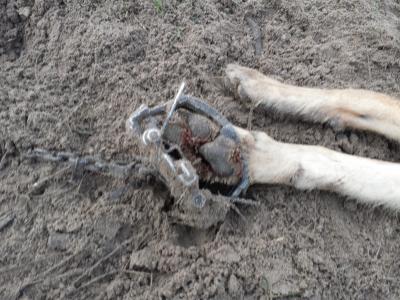Quote:
Hey Bob, maybe you should get us started. What are some of the things you do that turn lookers into biters on the 8?
It starts with cast number one of the day for me. Focus and attention to what the fish are telling you when they show up at boatside. I focus on making sure that I am doing at least a half “J” when I bring each and every cast in. This for me is the start of the “8” and if there is a fish following, I am ready to drive hooks home if she eats. Looking for “where” the fish would be following is also a key element. If you’re looking at your bait when you’re bringing it back to the boat, you’re not going to see these fish in time to react. The Muskie God’s know I have blown my fair share of fish at boat side. The things I try to take away from the missed or blown chances are, what could I have done different to change the outcome? Honestly, 90% of the fish I have missed at boat side are do to lack of focus. Long days with little action are the days when focus becomes even more important, but is even harder to maintain. On days like this, you’re not going to get 8-10 chances at different fish, you may only get one and you had better be ready. Learning from each encounter will help you walk away with a little more knowledge and confidence in your approach. I have a tendency to look a foot or three behind the bait, that is where the fish is going to show up. This gives me enough time to react and read what the fish is telling me, while keeping my composure as I “stir the pot”. Reading what the fish is telling me comes from time on the water. The more follows I get a crack at, the more I learn. Some fish come in low and slow and are very hard to see, heck sometimes I see them on the graph after the fact, but never got a look at the fish at all in the water. When I get these kinds of follows, I normally end up on my knees with the rod as deep in the water as I can get it. The fish came in, not hot, but interested, the key here is to keep the bait moving and don’t give up on the “8” to fast. I seem to find that I will go around on the “8” 12-15 times, maybe more on fish like this, even if I can’t see the fish anymore. When I am working through the “8” I will adjust my speed and depth. I normally pick up the speed and bring the bait up high in the water column on the outside turns, and then work back down deep through the middle, then back up high and fast on the outside turn again. The change in depth and speed seem to trigger those fish that are going to eat. I process a lot of things though my mind as I fish through those hard day, but those are the ones that I think I learn the most from.
There is no right or wrong when it comes to “stirring the pot”, mix it up, find what works best for you, and most of all have confidence in your approach. Those boat side blow-up’s are heart stoppers, and that is what it all about 
Rootski- When I am working big plastics I have my drag locked down as tight as I can get it. When I set the hook, I want to be sure I am driving those hooks home. When I get hit, I normally do one of two things. The first would be to free spool and use my thumb to maintain control. This gets harder later in the year when I am wearing gloves. I just don’t feel comfortable with the gloves on and thumbing the spool. The other approach is when the fish hits, I back off on the drag and trust that the drag will do its job, and it does not always work that way in cold weather. I have a lot more confidence in thumbing the spool simply because it puts me in control 
Lets here some other ideas on what you guys do when you get that Lunge to the side of the boat 







 Look forward to hearing the story
Look forward to hearing the story 


